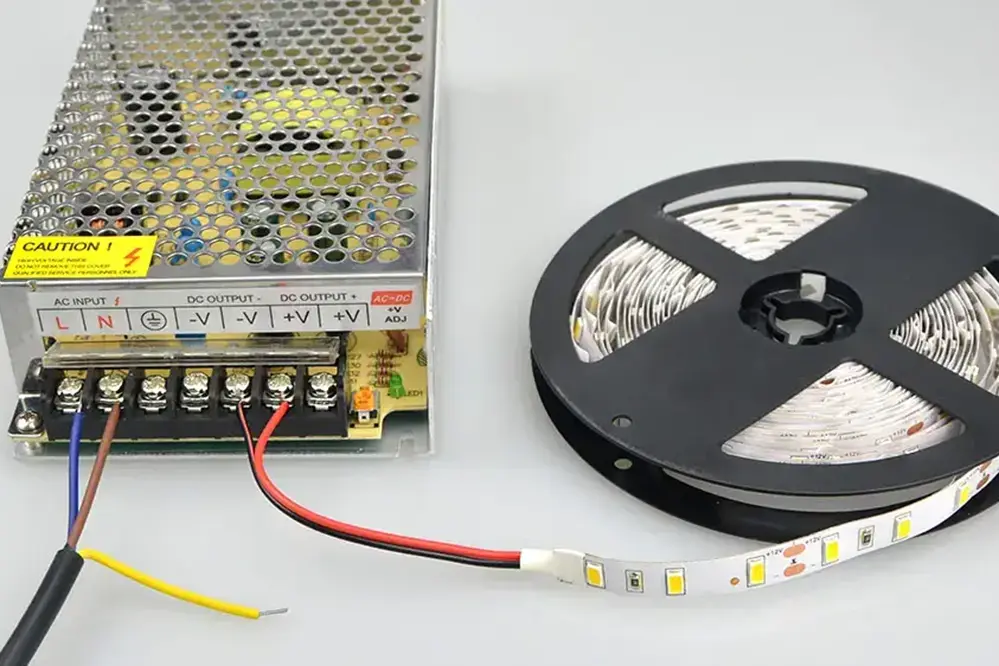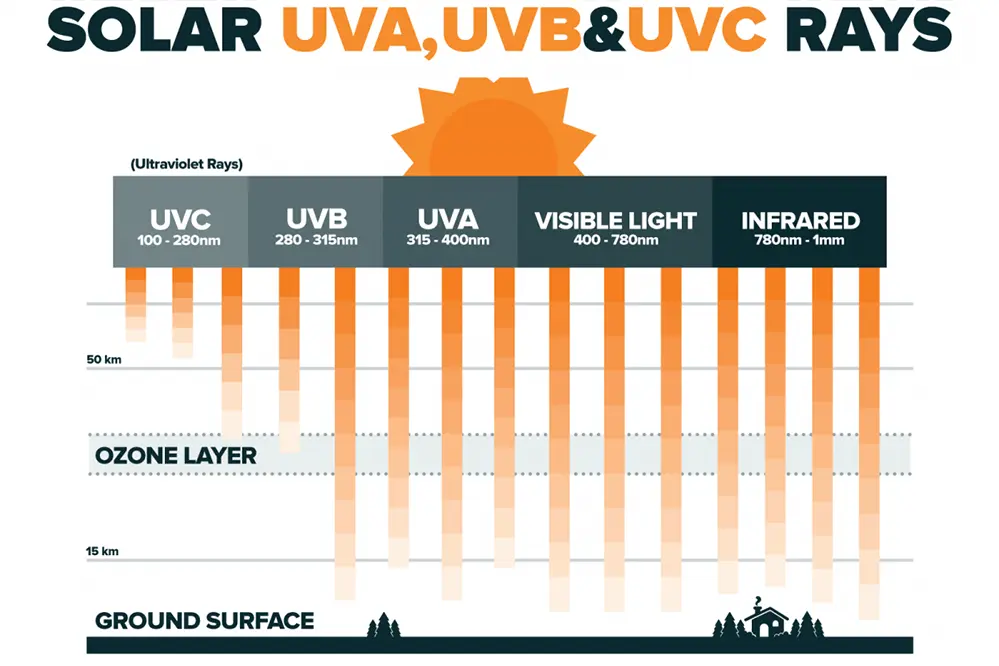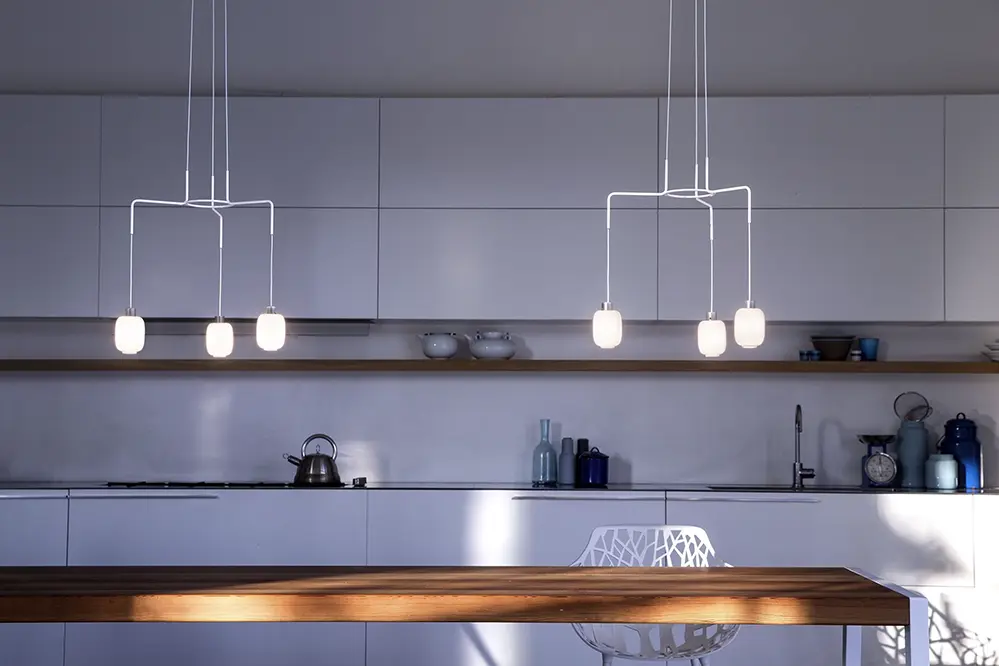In the world of modern lighting, LED strip lights have become a popular choice for their versatility and energy efficiency. If you’re wondering about their power requirements, you’ve come to the right place. We’re here to illuminate the truth about whether these innovative lights need batteries.
LED strip lights typically do not require batteries as they are designed to be powered through a direct connection to an electrical outlet or a compatible power adapter.
Curious about how these lights work and the best ways to power them? Keep reading to discover everything you need to know about LED strip lights and their power sources.
Power Sources for LED Strip Lights
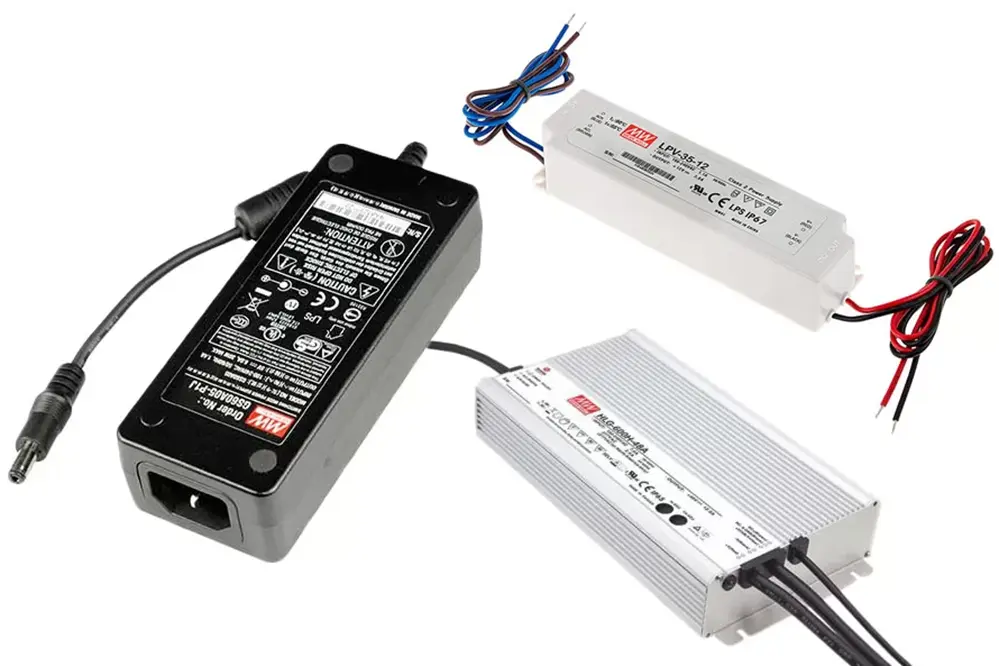
Understanding the power source and capacity for LED strip lights is crucial.
LED strip lights predominantly derive their power from direct electrical connectivity. The most common method is through plugging these luminous bands into a wall socket, utilizing a driver or adapter to regulate the input voltage, often measured in volts. Indeed, this approach ensures a robust, uninterrupted lighting solution that caters to both domestic and commercial installations.
Yes, they require a power source.
Given the flexibility of these lighting systems – not only their ease of installation but also their versatility across different environments – they have marked a revolution extending from kitchens to any dreamlike applications imaginable. Consequently, direct electricity remains the gold standard, offering unparalleled brightness.
Battery-powered options, such as those using a car battery, provide enhanced mobility for innovative projects. Their increasing presence in the market as of 2023 showcases the growing demand for solutions that safeguard energy efficiency while providing enough power for transient settings. Though less potent, these options are an exciting frontier promising to expand creative horizons.
Do LED Strip Lights Need Batteries?
LED strip lights traditionally rely on a constant power source, typically through direct electrical connection, ensuring not only brightness but also enhanced durability. These lighting solutions are often plugged into wall outlets or linked through adapters, ensuring maximum brightness and longevity.
Nonetheless, there exist models that operate using battery power.
This innovation is particularly advantageous for settings where plug-in power is inaccessible. Battery-powered LED strip lights allow for seamless illumination without the constraints of proximity to an electrical outlet, opening avenues for outdoor or portable installations.
The burgeoning market for battery-operated LED strips reflects a remarkable shift towards mobility and energy efficiency. While they may not match the intensity of their plug-in counterparts, these lights provide a splendid compromise between adaptability and creativity. They represent a future where lighting solutions are as versatile as our imaginations, offering boundless opportunities to illuminate spaces without traditional limitations.
Battery-Powered LED Strip Lights
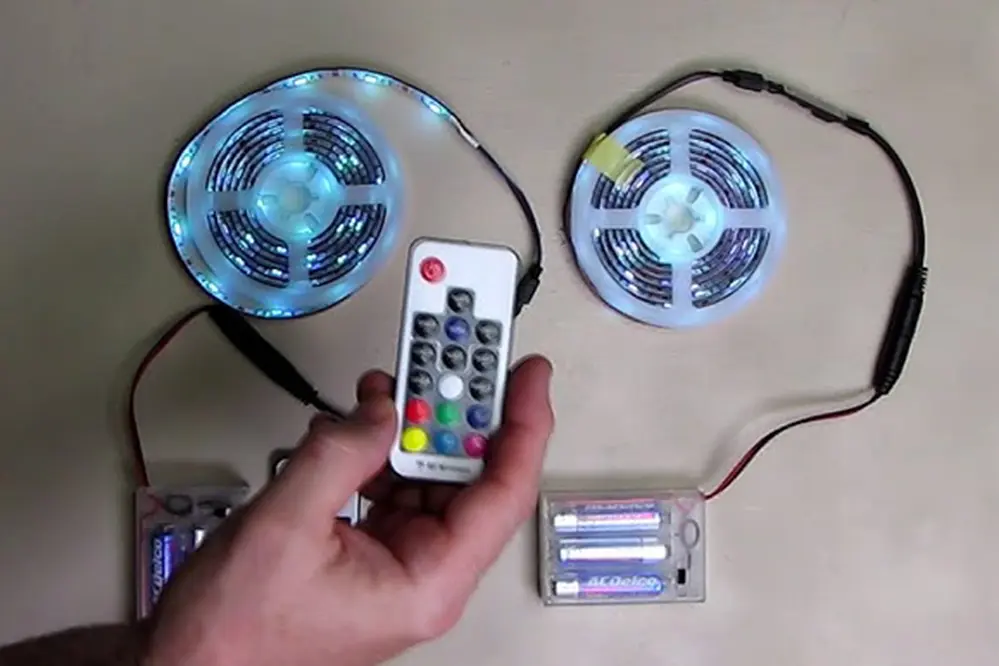
Battery-powered LED strip lights offer the innovative advantage of limitless placement without being tethered to a fixed power source, but it’s important to consider the voltage requirements for optimal performance. These flexible, self-sufficient lighting solutions are ideal for outdoor projects, artistic installations, or any endeavor where flexibility is paramount, making them an exceptional pillar in the future of lighting technology.
This adaptability, enhanced with a dimmer, brings creative freedom and convenience, enabling light placement in areas previously unimaginable and turning any space into an illuminated canvas.
Advantages of Battery-Powered Options
Battery-powered LED strip lights redefine lighting possibilities—embracing flexibility—and illuminate your spaces according to your imaginative vision without constraints of conventional power outlets.
Battery-operated LED strip lights, combined with lithium or alkaline batteries, often include a capacity measured in mAh, are lightweight, easy to install, and inherently portable, making them perfect for outdoor adventures and temporary setups.
These options cater to innovators seeking freedom in designing unique lighting arrangements, providing the opportunity to fashion uncharted design landscapes. Their adaptability suits diverse environments, enhancing both residential and commercial spaces.
Unshackled from the traditional plug, they seamlessly illuminate spaces on the go—whether you’re enhancing indoor aesthetics or crafting an enchanting outdoor experience, keep your inspiration lighted wherever you wander.
Disadvantages of Battery-Powered Options
Battery-powered LED strip lights, while versatile, do have downsides, notably impacting the battery life.
One primary concern with battery-powered LED strip lights is their current limited power supply. This limitation often means that users must frequently replace or recharge batteries, leading to potential interruptions in lighting when most needed. Consequently, reliance on this form of power can lead to frustrations, especially during critical moments or extended use, while also raising concerns about sustainability given frequent battery disposal.
Battery replacement can also become costly over time.
The need for regular battery changes—especially in remote or hard-to-reach locations—can deter users from fully leveraging the creative possibilities these lights offer.
Moreover, the environmental implications of constant battery use cannot be ignored. With advancing technology and increasing focus on sustainable practices, considering options that minimize waste while maximizing longevity becomes ever more crucial. Future developments in rechargeable technologies may mitigate these issues, but awareness and careful planning remain essential in the interim.
Plug-In LED Strip Lights
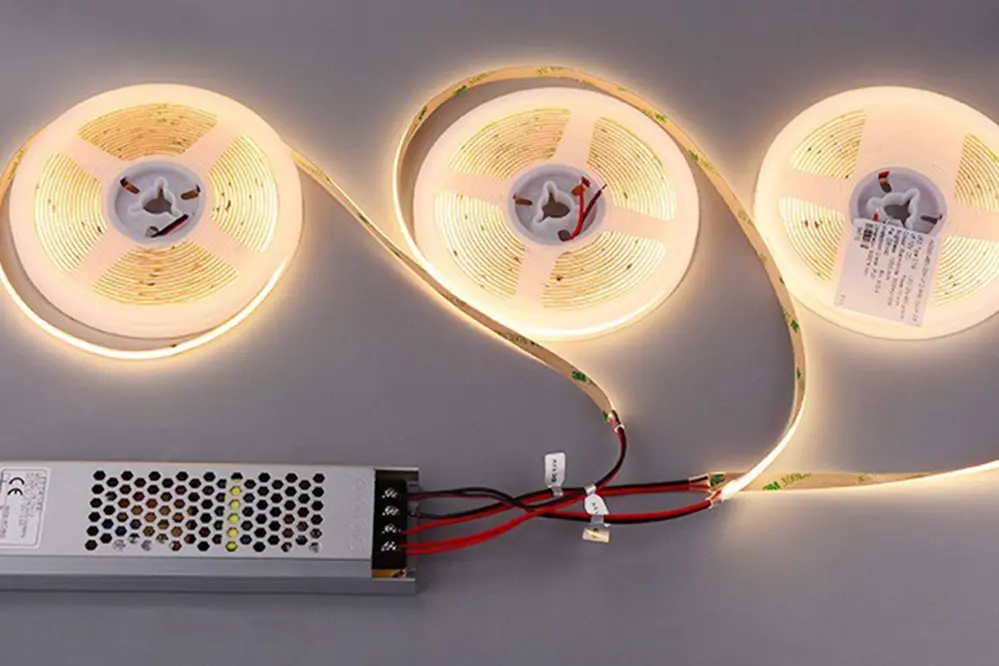
Plug-in LED strip lights offer a seamless alternative by connecting directly to a power outlet, eliminating the ongoing need for replacements. This direct, steady power supply ensures continuous, uninterrupted illumination, maximizing longevity and sustainability of your lighting solutions.
These versatile fixtures provide unmatched ease and reliability, enhancing the functionality and aesthetic appeal of any space without the constraints of battery dependencies.
Benefits of Plug-In Models
Plug-in LED strip lights stand as a beacon of reliability and efficiency, promising uninterrupted service with minimal maintenance thanks to their direct power source.
Their convenience can bypass logistical hurdles associated with frequent battery replacements.
Plug-in models offer the added reassurance of delivering consistent performance without flickers or dimming, establishing them as a quintessential choice for professionals seeking lasting, dependable lighting solutions to illuminate their environments.
Ultimately, the very fabric of plug-in designs allows them to shine as a symbol of modern innovation, encompassing not only the precision of design but also a commitment to excellence in efficiency and environmental responsibility. These lights whisper of a future where power is both powerful and harmonious, nurturing a brighter, sustainable world.
Drawbacks of Plug-In Models
While plug-in LED strip lights offer unparalleled reliability, they come with certain limitations that may deter some users.
Portability is one significant downside, necessitating proximity to power outlets.
Installation constraints can also pose challenges, often requiring careful planning and potentially limiting the flexibility of placement. These constraints might impact creativity, dependability, and the adaptability of lighting schemes.
Moreover, plug-in models require consumers to be mindful of the overall energy consumption. As usage scales, so too does the electricity bill—a minor concern for individuals but a more tangible issue for large-scale commercial or industrial applications. Yet, with strategic planning, optimizing energy efficiency and leveraging other aspects of modern electrical design, it becomes possible to strike a harmonious balance between convenience and sustainability.
USB-Powered LED Strip Lights
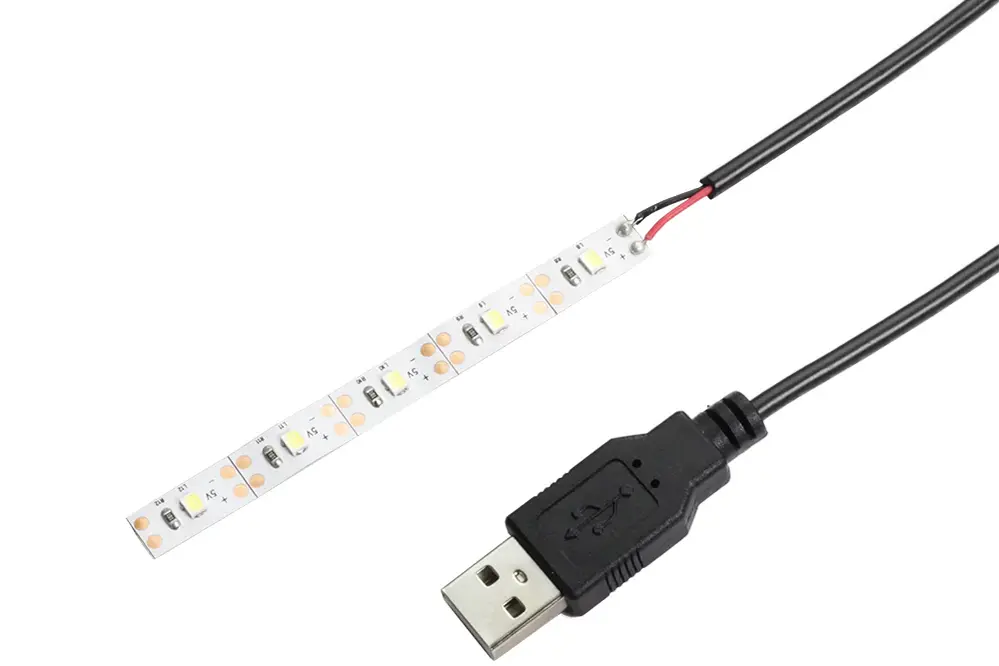
USB-powered LED strip lights represent a significant shift towards more versatile and energy-efficient lighting solutions. These lights can be powered by laptops, power banks, and other USB-enabled devices, allowing for a remarkable degree of portability and flexibility in different environments.
This accessibility broadens their application, making them a fantastic choice for temporary setups, frequently rearranged spaces, or enhancing personal workstations.
Pros of USB-Powered Solutions
USB-powered solutions offer unparalleled versatility, adapting seamlessly to various environments and user needs thanks to their broad compatibility.
In 2016, innovation accelerated, allowing devices powered by USB to become commonplace. This remarkable adaptability results in wide-ranging applications of USB-powered LED strip lights that transform how consumers interact with lighting.
Moreover, it’s comforting to note that users won’t face limitations typically associated with conventional electrical outlets. With a myriad of USB-compatible devices now available, these lights serve to enhance numerous settings without requiring cumbersome infrastructure adjustments.
Embracing the power of USB technology, these solutions can travel with you, lighting your path whether you’re at home or on-the-go. Integrating power banks or laptops, you harness a mobile lighting option that simplifies daily activities while promoting sustainable practices.
The portability of USB power solutions inspires creative and practical lighting opportunities.
Cons of USB-Powered Solutions
While USB-powered LED strip lights offer remarkable flexibility, they come with certain drawbacks that merit consideration.
Firstly, their reliance on USB connections creates a dependency on external power sources, which might limit their usability, tethering them to devices like computers, laptops, or power banks. This connection can hamper their placement and versatility, particularly in locations where accessing such power points is challenging.
Additionally, USB power can struggle with delivering sufficient voltage and wattage for more intensive lighting needs. In demanding scenarios, users may encounter reduced brightness that fails to meet expectations, impacting the effectiveness of their lighting solutions.
Furthermore, the omnipresence of USB-powered lights as a modern-day marvel does not come without limitations. Despite their portability and ease, they require careful management of connected devices, particularly where prolonged lighting is expected, necessitating strategic planning to ensure consistent illumination and avoid interruption during critical moments.
Choosing the Right Power Source
Choosing the right power source for your LED strip lights is pivotal in maximizing their effectiveness.
A steadfast understanding of your lighting project requirements will guide your selection of a power source. This ensures compatibility and optimal performance.
While some projects might thrive on USB power, others demand a robust, consistent power solution. Assessing your unique needs is crucial.
Outdoor installations, for instance, might benefit from a more resilient power supply. These cater perfectly to stand-alone systems that can’t rely on USB.
In any case, the right power source can elevate your LED strip lighting experience.
Conclusion
LED strip lights offer a seamless lighting solution by eliminating the need for cumbersome batteries, connecting directly to reliable power sources such as USB ports or wall outlets. This direct connection not only ensures consistent performance but also enhances the versatility of these lights, making them ideal for a wide range of applications. By selecting the appropriate power source, users can maximize the functionality of their LED strip lights, confidently overcoming any installation challenges. This empowers users to create customized lighting experiences that perfectly suit their needs.
The adaptability of LED strip lights allows them to transform spaces with ease, whether enhancing indoor ambiance or elevating outdoor aesthetics. With a variety of power options available, these lights can be tailored to create vibrant environments that reflect personal style and preferences. Understanding the right power choice is key to unlocking the full potential of LED strip lights, turning ordinary spaces into extraordinary ones. As the luminous future of LED technology continues to shine brightly, these lights are poised to illuminate paths and inspire creativity in lighting design.
